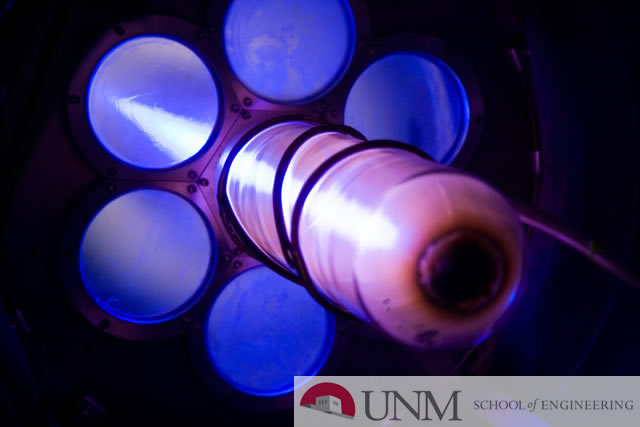
Electrical and Computer Engineering ETDs
Publication Date
2-9-2010
Abstract
A novel model to study the resource allocation of a functioning brain is proposed. The mechanism is based on the theory of competitive equilibrium (CE), where users (cortical areas of the brain) are competing for a finite resource such as oxygenated blood. Concepts of CE are mathematically adjusted to be used with functional magnetic resonance imaging (FMRI) data. The current study uses imaging data were subjects are requested to selectively attend and respond to either a visual or auditory metronome in the presence of asynchronous cross-modal distractors. Two studies with distinct patient populations (patients with schizophrenia patients with mild traumatic brain injuries) are used to asses the applicability of the proposed method. Comparisons to traditionally used methods to analyze simulated and real FMRI data are also provided. Results indicate that it is possible to mathematically formulate an underlying resource allocation mechanism of a human brain. Additionally, when comparing to traditional analysis methods, the proposed model increases the sensitivity of these data when examining different stimuli conditions and also increases the classification accuracy between the patient group versus normal controls.
Keywords
Brain--Localization of functions., Brain--Magnetic resonance imaging.
Sponsors
The Mind Research Network DOE Grant No. DE-FG02-99ER62764, NIH Grant No. 1 R03 DA022435, and NIH grant No. R21NS064464
Document Type
Dissertation
Language
English
Degree Name
Electrical Engineering
Level of Degree
Doctoral
Department Name
Electrical and Computer Engineering
First Committee Member (Chair)
Mayer, Andrew, R.
Second Committee Member
Calhoun, Vincent D.
Third Committee Member
Abdallah, Chaouki T.
Recommended Citation
Franco, Alexandre Rosa. "Resource allocation of the human brain : a competitive equilibrium approach." (2010). https://digitalrepository.unm.edu/ece_etds/88
